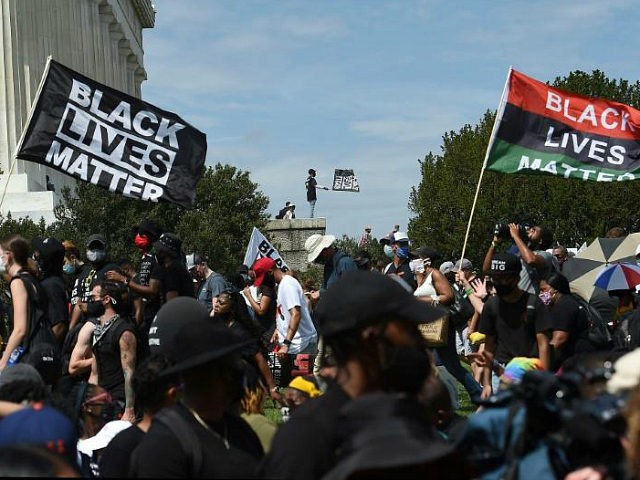Washington, DC’s top health official, three months after the city entered the second phase of its reopening plan, again changed the criteria for lifting additional coronavirus-related restrictions, making it more difficult to move to the next phase.
D.C. began a phased reopening on May 29 and moved into Phase Two on June 22.
LaQuandra Nesbitt, the district’s top public health official, conceded that some changes have made it more challenging to enter Phase Three.
LIVE: Situational update September 21. https://t.co/ri4IrOzfta
— Mayor Muriel Bowser (@MayorBowser) September 21, 2020
For example, the new test positivity goal of less than three percent is a “harder threshold to meet” now than before, when the rate was higher, she said.
“It’s not a function of easy to be in a particular phase. It’s the function of what the public health science has told us,” Nesbitt added.
She extended the list of data-driven goals, or gating criteria, for entering Phase Three from seven goals to nine. The change came when the city had already satisfied the vast majority (5) of the seven data-driven goals, or gating criteria, required to enter Phase Three.
Now, the district has four goals left to accomplish to move forward with the next reopening phase.
The new criteria include some conditions that the city had already met.
“These are the metrics that we’re following [now]; over half of them are not new,” Nesbitt proclaimed.
She indicated that the nation’s capital would not fully reopen until an effective vaccine or cure is available for “everybody in our community,” consistent with the recommendations of the Reopen DC Advisory Group guiding the city’s plans to lift restrictions.
D.C. is following a four-stage approach to ending the coronavirus-related curbs.
The new changes mark the second time that the city updated its criteria for moving to Phase Three.
In late July, Washington, DC, Mayor Muriel Bowser (D) announced changes to one of the benchmarks for entering Phase Three of reopening, the Washington Business Journal reported.
On Monday, Nesbitt indicated that she may change the benchmarks yet again.
“I would not commit to never changing the threshold of a metric,” as public health information about COVID-19 (coronavirus disease) changes, she declared.
“Our metrics indicate we are still experiencing moderate community spread and less than sufficient capacity and community engagement to move into Phase 3,” a D.C. Department of Health official told Breitbart News on Friday.
Per the data provided by Nesbitt on Monday, the new set of nine conditions required to enter Phase 3 include:
- Not Met: On average, health officials must identify less than five new daily infections per 100,000 (currently stands at 7.4 cases).
- Not Met: Officials must link more than 60 percent of new infections to other known cases (currently stands at six percent).
- Not Met: An average test turnaround rate of two days (currently 2.1 days).
- Not Met: More than 80 percent of individuals who test positive must complete a contact tracing interview within three days (currently 67 percent of infected people complete the interview).
- Met: A test positivity rate of less than three percent (currently at 1.7 percent).
- Met: Hospital bed utilization rate of less than 80 percent (currently at 70 percent).
- Met: On average, percent of coronavirus patients at the hospital must be fewer than five percent (currently 4.2 percent).
- Met: On average, contact tracing attempt within one day for more than 90 percent of people who test positive (currently at 99.6 percent).
- Met: On average, contact tracing attempt within two days for more than 90 percent of close contacts of positive cases (currently at 99.7 percent).
Nesbitt did away with one of the initial thresholds — community spread, which took into account the number of infections outside settings such as jail and nursing homes.
The district relied on that metric to determine when to enter the first two reopening phases.
According to the mayor’s situational update presentation for Monday, the city did away with the community spread metric because the daily caseload is “too small.”
“When the rate gets low enough, then it loses its value, its usefulness,” Nesbitt said, referring to the transmission rate metric.
The city must meet all nine criteria to enter Phase Three, Nesbitt stressed.
“Metrics must be met for 14 consecutive days at each level before gradually entering the corresponding phase,” the city’s official coronavirus website explained. “Potential dial-backs are evaluated in conjunction with other data to inform decisions to re-establish restrictions.”
Nevertheless, Mayor Bowser indicated that she is mulling further lifting restrictions on some activities before moving to Phase Three.

COMMENTS
Please let us know if you're having issues with commenting.